Porsche Meraikan Ulang Tahun ke-25 Boxster Dengan Model Khas
Sukar untuk mempercayai bahawa Porsche Boxster hanya berusia 25 tahun. Ingatkan dah seratus tahun. Masih muda. Untuk komuniti permotoran antarabangsa, Boxster pertama kali muncul dalam bentuk konsep pada tahun 1993 di Pameran Motor Detroit dengan versi produksi mendatang 3 tahun kemudian. Ia mempunyai bentuk yang hampir simetri dari depan ke belakang dan terus menentukan penampilan ikonik Boxster dengan peningkatan setiap generasi. Dengan 357,000 unit, Boxster sekarang memiliki prefix ‘718’, dan telah mengukuhkan kedudukannya dalam barisan Porsche.

Untuk memperingati jubli perak Boxster, Porsche menghasilkan model edisi terhad khas berdasarkan model 718 GTS 4.0 semasa. Mereka menamakannya Boxster 25 Years dan hanya 1,250 unit akan dibina.
Inilah bezanya model ini:
- Pilihan warna: GT Silver Metallic (sama dengan model 1993), Deep Black Metallic dan Carrara White Metallic
- Tambahan “Neodyme” warna sorotan tembaga-coklat untuk trim luar dan roda
- Roda 2-tona 20″

- Huruf berlencana “Boxster 25” atau emboss di pelbagai tempat:
- Tutup pengisi minyak aluminium dengan skrip Porsche dari rangkaian Exclusive Design
- Tailpipes high-gloss
- windscreen surround hitam
- Dalaman dan fabrik bumbung merah atau hitam

Porsche Boxster 25 Years akan tersedia dengan manual 6-kelajuan atau PDK 7-kelajuan. Berdasarkan Porsche 718 Cayman GTS 4.0 / 718 Boxster Spyder, ia dikuasakan oleh enjin boxer enam silinder 4.0 liter 400PS beraspirasi semulajadi. Ciri standard merangkumi suspensi sukan Porsche Active Suspension Management (PASM), yang 10 milimeter lebih rendah, dan Porsche Torque Vectoring (PTV).

Ringkasan Kenyataan Media Porsche Tentang Perjalanan Boxster
KENYATAAN MEDIA
The Boxster has a very special meaning for Porsche as it marked a re-orientation of the sports car manufacturer’s model strategy and provided a way forward during the difficult economic times of the mid-1990s. This was reflected in the first water-cooled production flat-six engine and also in the intelligent carry-over parts concept that made its debut with the agile mid-engined roadster. This concept was incorporated into the 996 generation 911, which was launched a year later, and made it possible for Porsche to return to profitable production.
The attractively priced two-seater captured the hearts of new, younger customers right from the start. In terms of looks, it incorporated features of the already renowned history of the brand. The visual appearance of the Boxster concept car shown in Detroit evoked images of the legendary 550 Spyder and the 718 RS 60 Spyder racing car. It was received so well in January 1993 that the Porsche Executive Board intervened in the ongoing design development of the production model and ordered, without further ado: “Build the concept car just like that”. As time would tell, it was a wise decision.
When the production model was launched in August 1996, it bore a strong resemblance to the motor show star. Since it shared its front end with the 996 generation 911, there was no question about its lineage. The Boxster was a true Porsche. At the same time, its centrally installed flat-six engine, which initially had a displacement of 2.5 litres and an output of 159 kW (204 PS), was engineered to meet stricter emissions standards thanks to water cooling, four-valve technology and variable intake timing.
An increase in power and further model enhancements followed soon after. The first 986 Boxster generation received a 2.7-litre engine in 1999, initially with 162 kW (220 PS) and later with 168 kW (228 PS). The newly launched Boxster S was powered by a 3.2-litre six-cylinder engine with 185 kW (252 PS), which soon became 191 kW (260 PS). The 987 generation followed in 2004 with a refined design, 17-inch wheels and a redesigned interior as well as optional PASM with variable shock absorber characteristics, PCCB (Porsche Ceramic Composite Brake) ceramic brakes and the Sport Chrono package. With unchanged displacement, the engines delivered 176 kW (240 PS) and 206 kW (280 PS) respectively. By the end of their production period, engine outputs had reached 188 kW (255 PS) from a displacement of 2.9 litres and 228 kW (310 PS) from a displacement of 3.4 litres. The PDK gearbox also replaced the previously offered Tiptronic S automatic transmission.
In 2012, Porsche presented the comprehensively restyled and visually sharpened 981 generation Boxster. Thanks to a completely new lightweight body and a fully revamped chassis, the newcomer was more toned, more muscular, more striking and faster than ever before. The all-electric fabric roof did without a convertible top compartment lid, the axle overhangs were even shorter, and the windscreen was moved further forward. The more economical boxer engines came with direct petrol injection and started out as a 2.7 litre six-cylinder engine with 195 kW (265 PS) and a 3.4-litre engine with 232 kW (315 PS). In April 2014, the Boxster GTS followed with 243 kW (330 PS). The Boxster Spyder was undoubtedly the highlight, with a 3.8-litre engine that caused a real sensation with 276 kW (375 PS).
The current 982 generation Porsche 718 Boxster set a new course in January 2016, making its debut with four-cylinder turbo engines and an enhanced design. The 2.0-litre motor delivers 220 kW (300 PS) and the 2.5-litre boxer engine 257 kW (350 PS) thanks to a variable turbine geometry turbocharger. The Boxster GTS followed shortly after with 269 kW (365 PS). In mid-2019, the new edition Boxster Spyder climbed to the top of the range. It shares a 309 kW (420 PS) 4.0-litre engine with the hard-top sporting flagship model, the 718 Cayman GT4. Since 2020, this six-cylinder mid-engine has also powered the 294 kW (400 PS) 718 Boxster GTS 4.0.

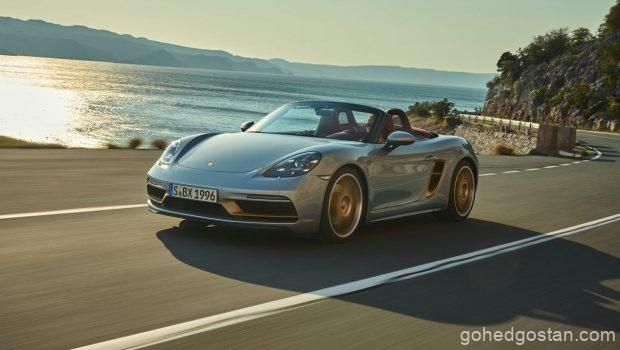
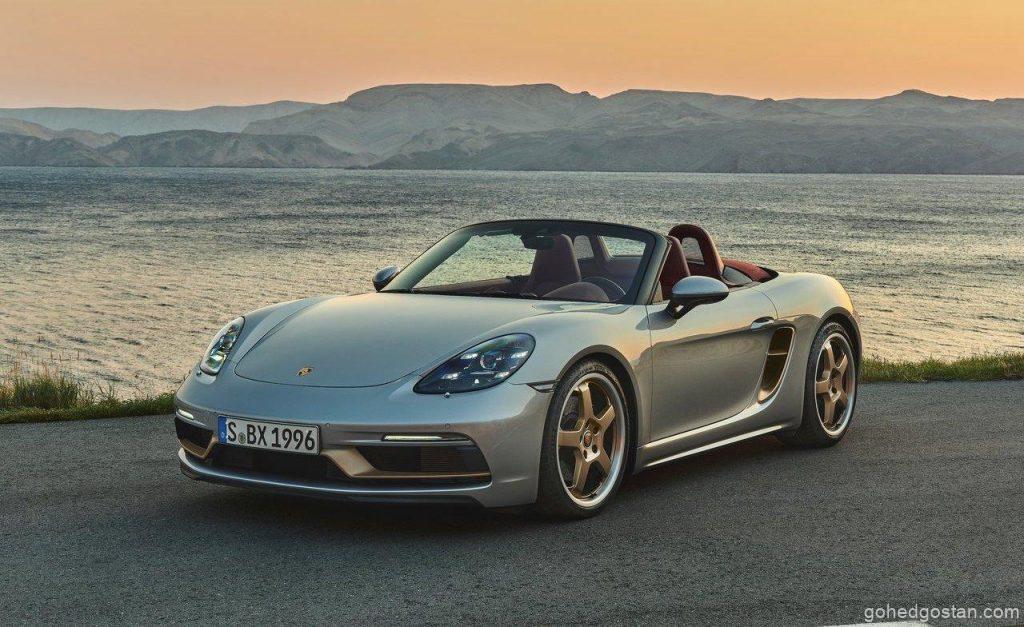
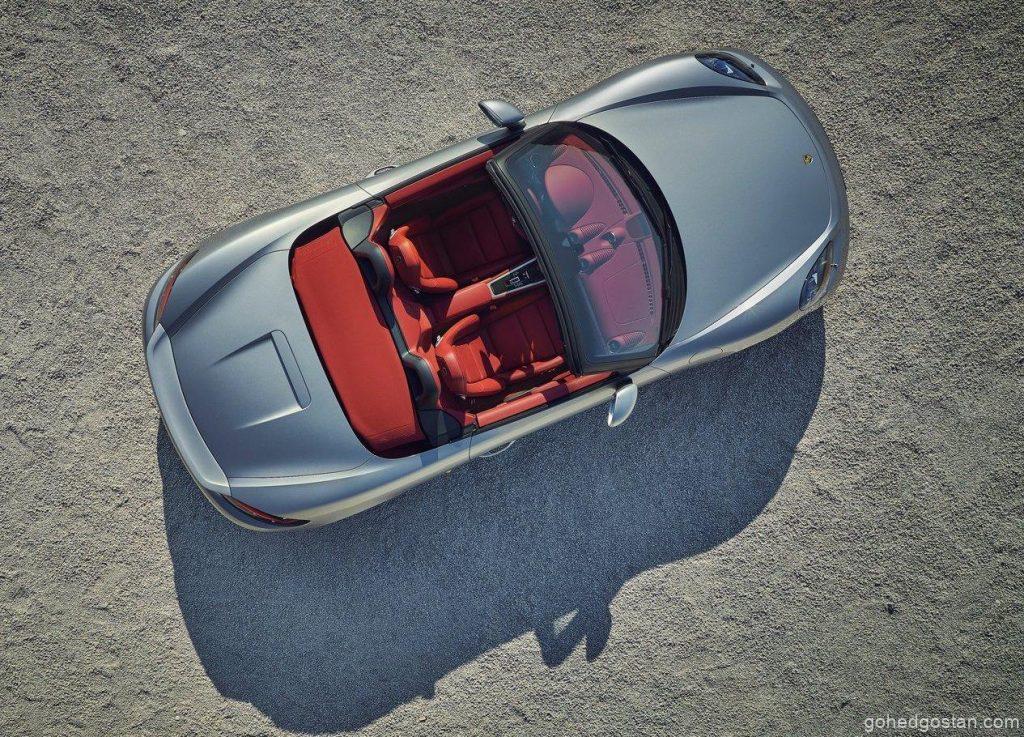
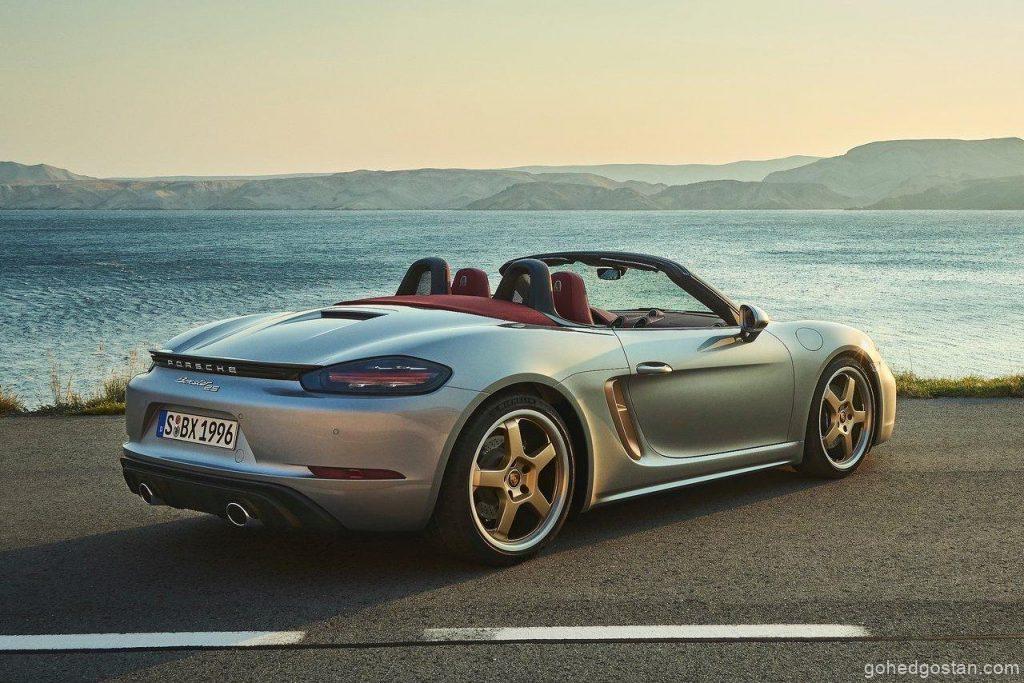
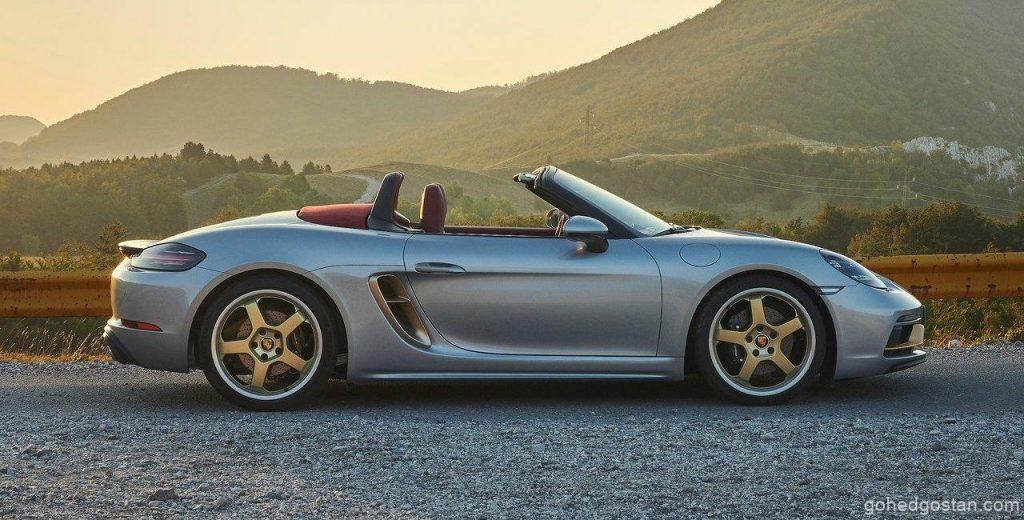
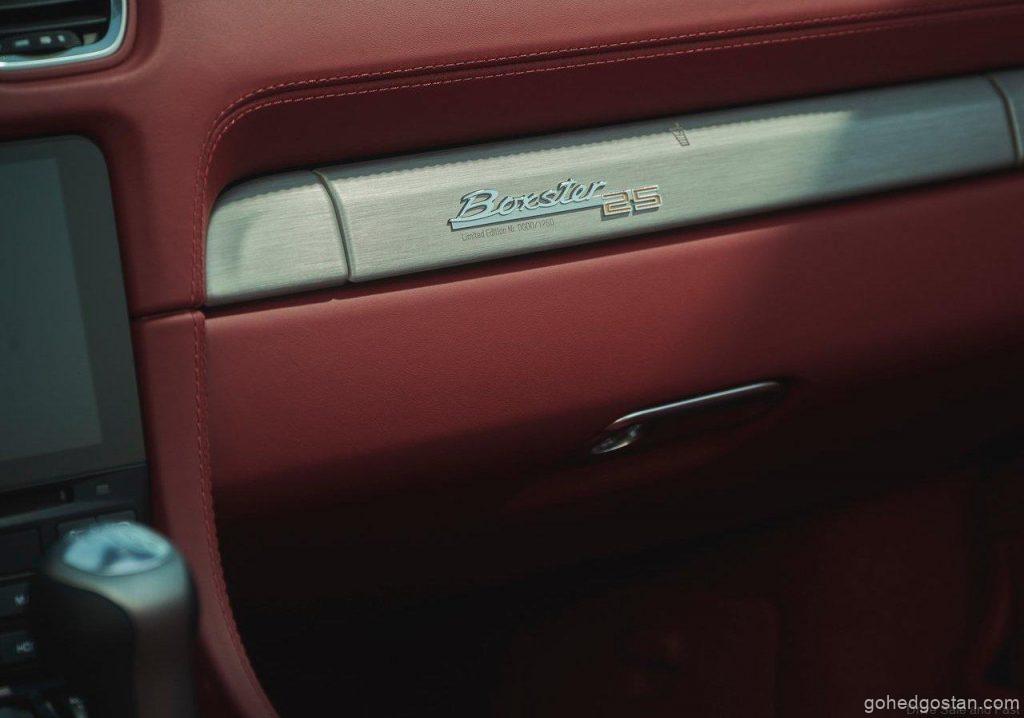
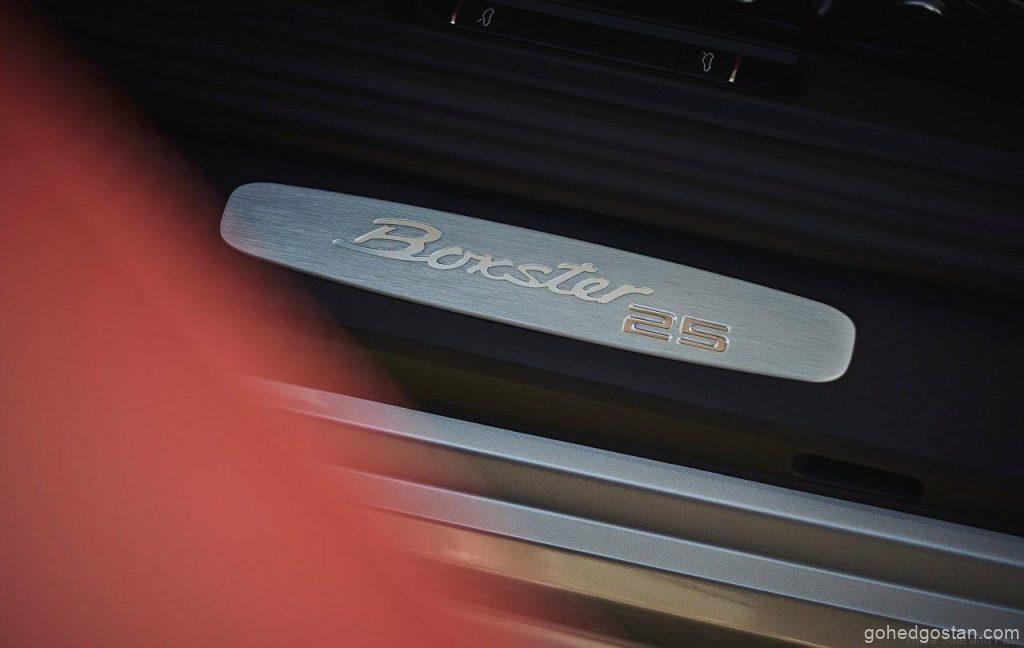
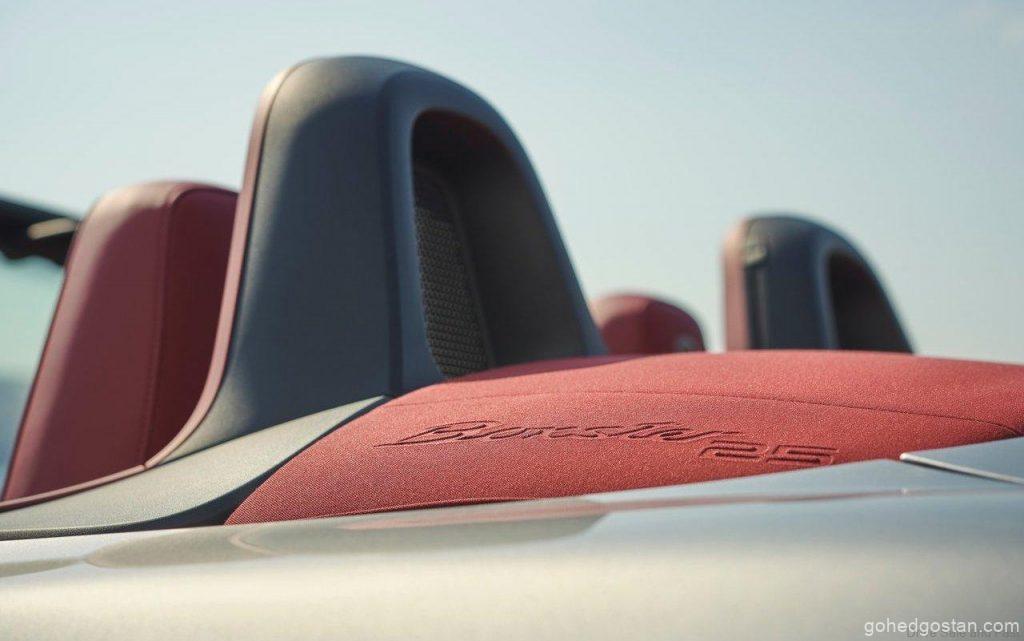
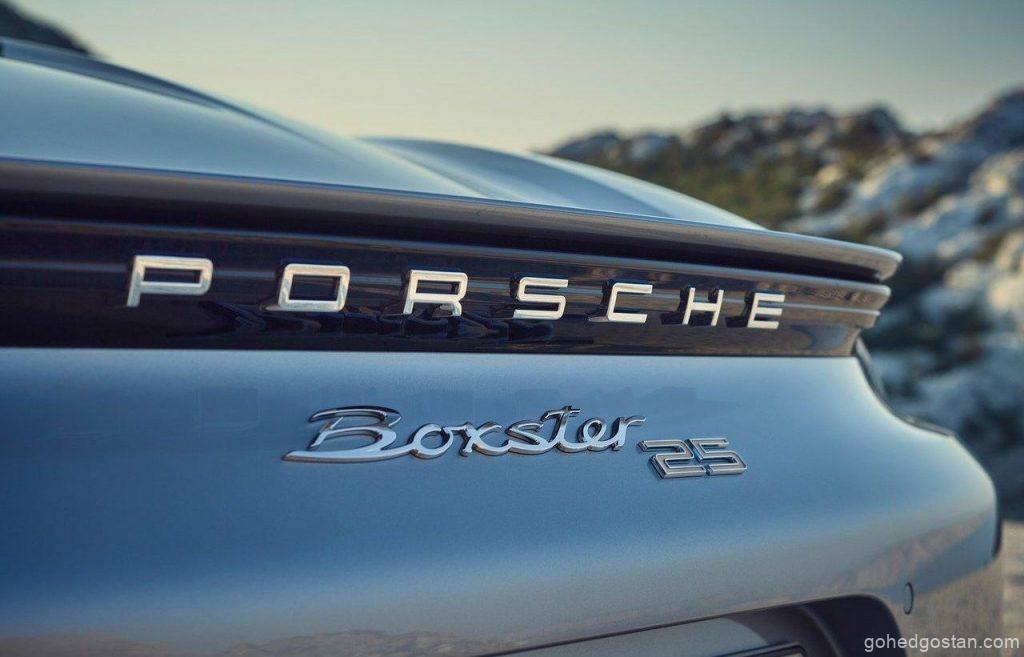
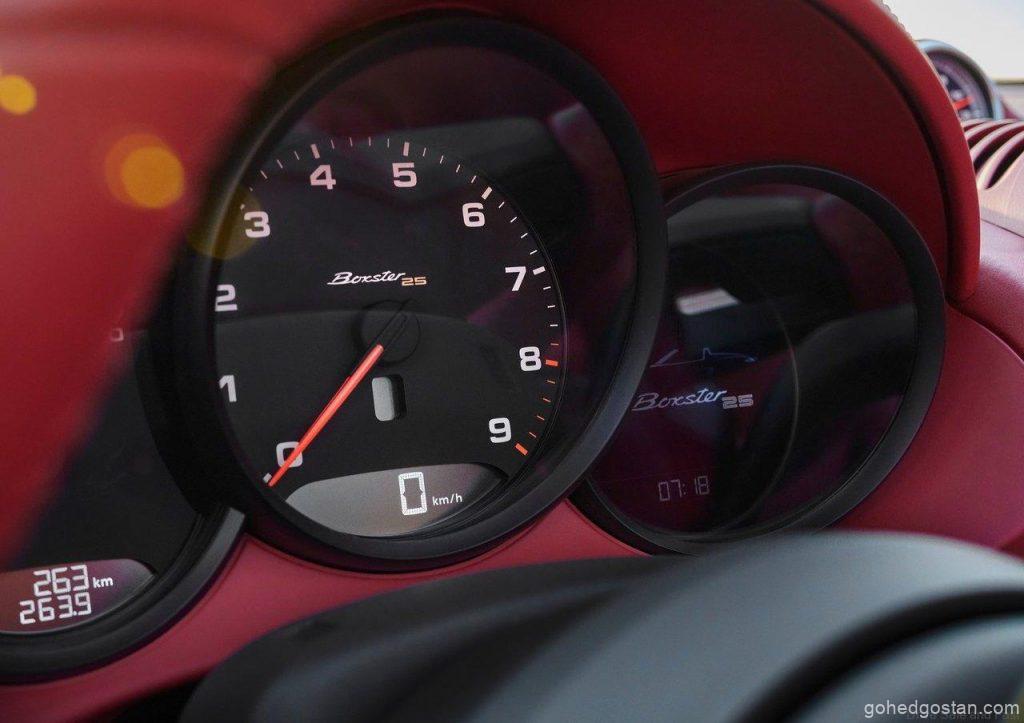

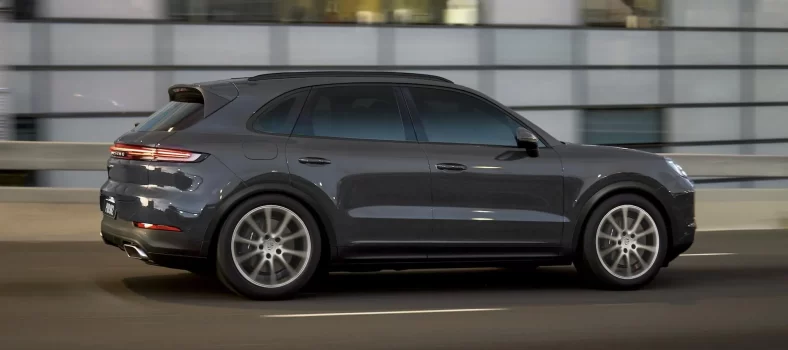

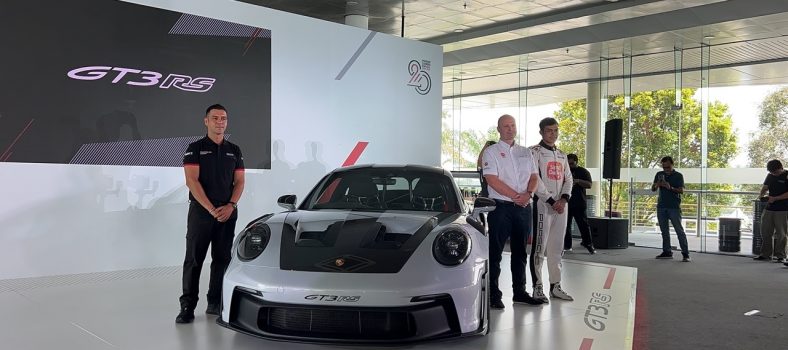
No Comment